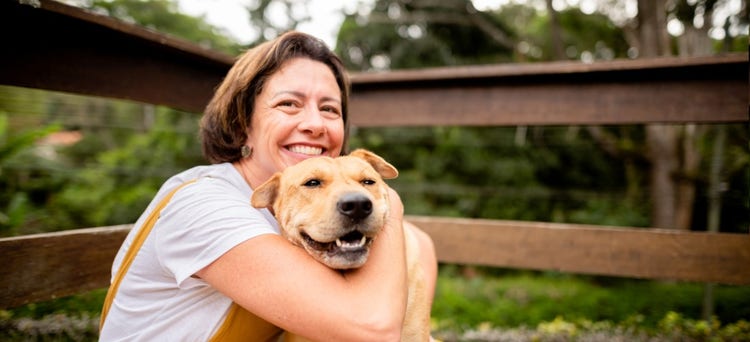
How Long Does It Take for a Dog to Adjust? Insights for Pet Owners
Share
Adopting a new dog is an exciting journey filled with joy and companionship. However, as a health-conscious pet owner, you may wonder: how long does it take for a dog to adjust to a new environment? Understanding this process is crucial for ensuring a smooth transition for both you and your furry friend.
The adjustment period for a dog can vary significantly based on several factors, including the dog's age, background, and personality. Typically, it can take anywhere from a few weeks to several months for a dog to fully acclimate to a new home. During this time, it's essential to be patient, provide consistent support, and create a stable environment.

Factors Influencing a Dog's Adjustment Period
Age and Background
Puppies often adapt more quickly than older dogs because they are still in their developmental stages. Older dogs, especially those from shelters, may have a more challenging time adjusting due to past experiences. If you're interested in bringing a shelter dog home, it's beneficial to understand their history and any potential trauma they might have faced.
Environment and Routine
Consistency is key when helping a dog settle into a new home. Establishing a routine for feeding, walks, and playtime can significantly ease the transition. For more tips on creating a conducive environment, check out our guide on stylish collars for formal events that can make your dog feel more at home.
Individual Temperament
Every dog has its unique personality, which can greatly influence how they adjust. Some dogs are naturally more anxious and may require additional support and patience. Understanding your dog's temperament can help tailor your approach to their adjustment period.
Steps to Facilitate a Smooth Adjustment
Create a Safe Space
Providing a designated area for your dog, such as a crate or a comfy bed, can offer them a sense of security. This space should be free from disturbances and stocked with familiar items, like toys or blankets. For more ideas, see our article on repairing a damaged collar for comfort.
Gradual Introduction
Introduce your dog to new family members and other pets gradually to prevent overwhelming them. Supervised interactions can help foster positive relationships.
Consistent Training
Training is vital in helping your dog understand expectations and boundaries. Positive reinforcement techniques can promote good behavior and strengthen your bond. Explore our dog adoption application tips for further insights.
Health and Nutrition
A well-balanced diet tailored to your dog's needs can positively impact their mood and energy levels. Consult with a veterinarian to ensure your dog's nutritional requirements are met.
Understanding Behavioral Changes
During the adjustment period, you may notice changes in your dog's behavior. It's crucial to recognize these signs and respond appropriately to ensure their well-being:
- Anxiety and Stress: Signs include pacing, panting, and excessive barking. Providing a calm environment and using calming aids can help alleviate these symptoms.
- Withdrawal: Some dogs may become withdrawn or lethargic. Encouragement and gentle coaxing can help them come out of their shell.
- Destructive Behavior: Chewing or digging may indicate boredom or anxiety. Increase physical activity and mental stimulation to address these behaviors.
Resources for Support
Engaging with support networks can be beneficial during your dog's adjustment period. Consider joining online forums or local support groups to connect with other pet owners who have undergone similar experiences. For additional resources, visit PetPlace for expert advice on pet adoption processes.

FAQs
- How can I tell if my dog is adjusting well? Look for signs of relaxation, such as a wagging tail, playful behavior, and a healthy appetite. Regular vet check-ups can also ensure your dog is thriving.
- What should I do if my dog is not adjusting? If your dog continues to show signs of stress or anxiety, consult a veterinarian or a professional dog trainer for guidance. They can provide tailored strategies to assist with the adjustment.
- How important is routine for a dog's adjustment? A consistent routine provides stability and predictability, which are critical for a dog's sense of security. Regular feeding, walking, and playtimes are fundamental.
This article contains affiliate links. We may earn a commission at no extra cost to you.
